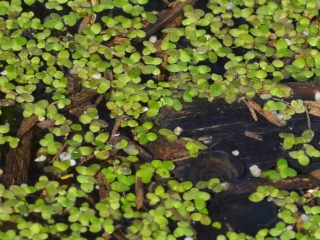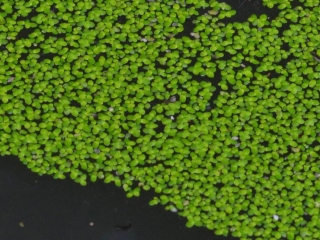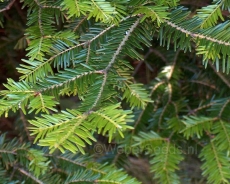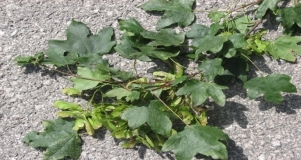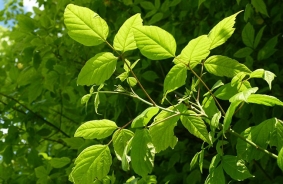Common duckweed Lemna minor
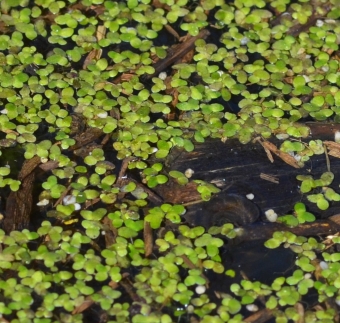
Features
The species does not bloom in our country. The English name is duckweed, as some ducks like to feed on them and also spontaneously spread them with their feathers to other water surfaces.
| Species | Annuals (Therophyta) |
| Living space | Lake, Pond, River edge, Streams, Swamp, Wet site |
| Size | 2-6 mm |
Description
Lemna minor is a floating freshwater aquatic plant, with one, two, three or four leaves each having a single root hanging in the water. As more leaves grow, the plants divide and become separate individuals. The root is 1–2 cm long. Leaves are oval, 1–8 mm long and 0.6–5 mm broad, light green, with three (rarely five) veins and small air spaces to assist flotation. It reproduces mainly vegetatively by division. Flowers are rarely produced and measure about 1 mm in diameter, with a cup-shaped membranous scale containing a single ovule and two stamens. The seed is 1 mm long, ribbed with 8-15 ribs. It is occasionally used as a biremediator to restore degraded or polluted water, as it can absorb large amounts of heavy metals. It is also useful for the bioproduction of bioethanol, in some countries it is even used as a dietary supplement in livestock farming.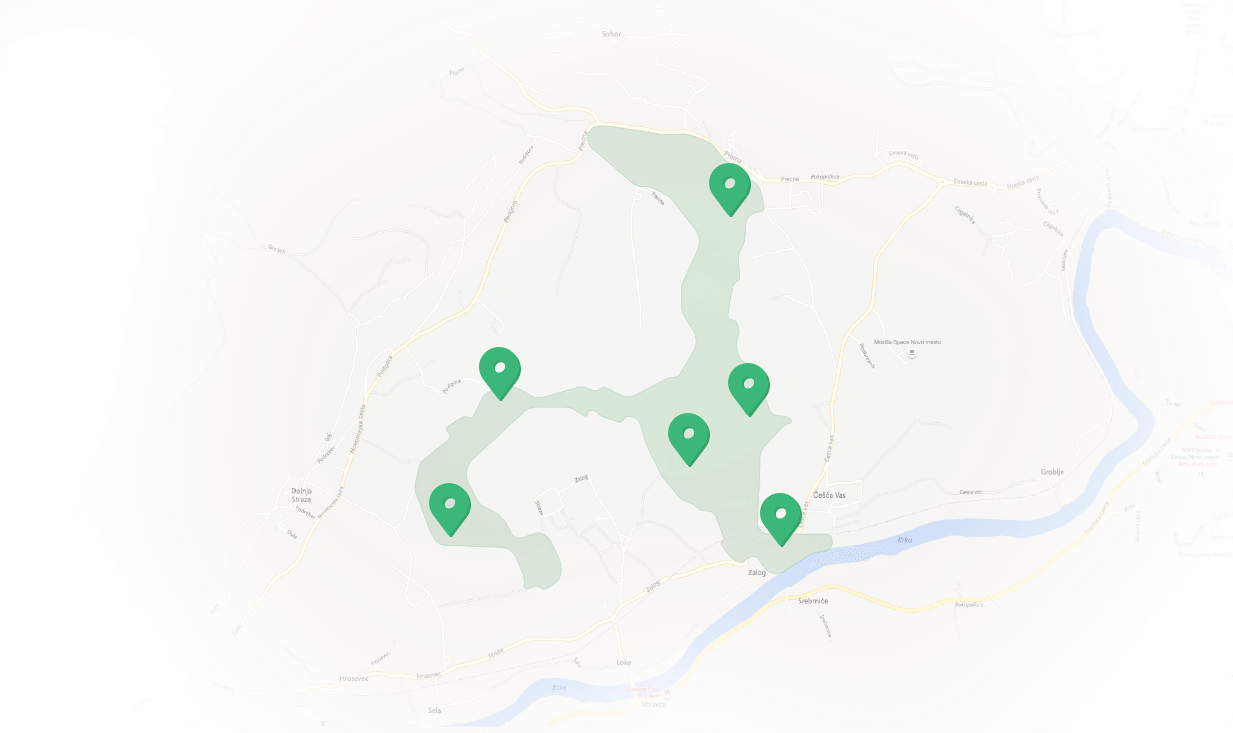
Features Temenica (3)
SPECIAL ogr.

